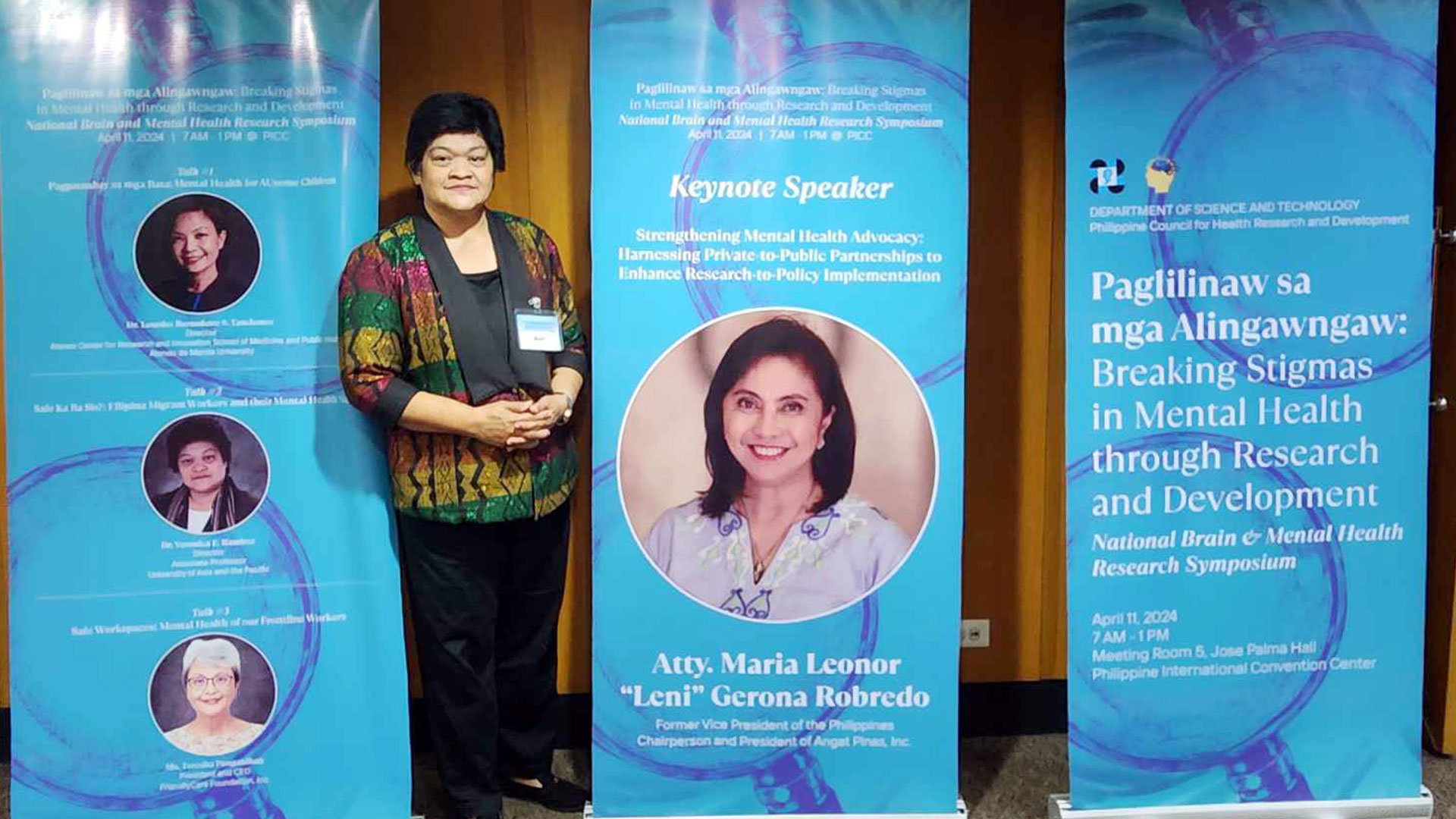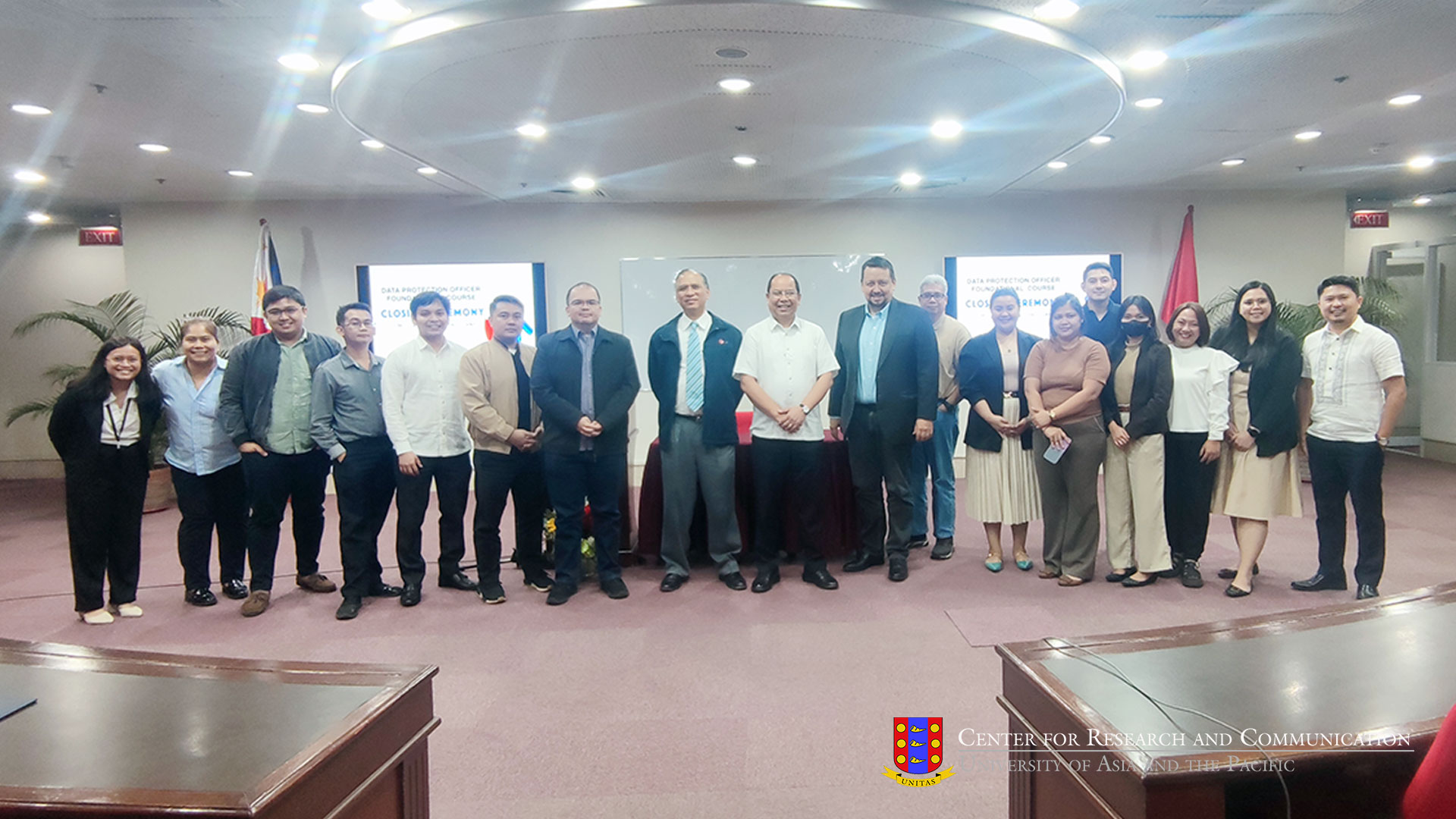World Bank reported that the Philippines received USD 33 billion remittances in 2017, third to India (USD 69b) and China (USD 64b). Despite employment bans and various causes of repatriations, WB predicts, “Global remittances are expected to increase this year, by 4.1 percent.”
Good news for industries such as real estate, finance, consumer goods, insurance and investments but not all that good for our overseas workers. We may not know it, but sending remittances is not that easy for our OFWs.
For one thing, remittance sending rates are high. The average cost of sending USD 200 in the first quarter of 2018, for instance, was between 7.1 and 9.4%, depending on where the remittance is made. Aside from cost, the requirements for sending money are strict. In Italy, for example, a migrant needs an employment ID to send remittances through banks or Money Transfer Operators (MTOs).
MTOs offer lower cost but in some cases, the remittance goes from the MTO to a foreign bank and then two local banks before it reaches the family within 24 hours. There are also MTOs that charge less, can send within few seconds and charge lower rates before pay day. This is easy if you are located in the city centers or near the Philippine Embassy. In the US, money transfer can be done in supermarkets while in Canada, it is convenient through gas stations. But it is not as easy when you are in remote places in Arab countries and have to travel the desert a thousand miles. For many, this can only be done during Days-off.
There are also remittance agents abroad who go from house to house, from town to town where OFWs work and reside. The most important elements in this manner of remittance sending are trust and time. They send because they trust that the agent will send their money to their families left behind. They also trust that the recipient will receive the remittance quickly and handle their hard-earned money wisely.
While time is cut short through digital means, timing is another element. Salary comes at set dates, but sometimes, salary gets delayed. When this happens, the lending agency is there to offer its services. They are always there to give the much needed ‘cash advance’ but on high interest rates. For example, Enrich (2017) reported that in Hong Kong, the interest rate set by Money Lenders Ordinance is 60% per annum. Yet, there are those who charge as much as 120% per year, and yes, policy applies to all, even to migrant domestic workers whose salary is the lowest among migrant workers. Sadly, for so many OFW, they could not go home for vacation and have to face the unbearable truth that the work contract needs to be extended for many more years because of payment of loans.
After the long and winding path to remittance sending, the OFW family receives the padala, sealed with all the love and care that the OFW sender wished he / she could hand it over to them personally or manage the way it is spent.
With World Bank predicting the increase of remittances next year, the padala will go on. The OFWs will continue to send and the families left behind will continue to receive. But let this not simply be a gesture of sending and receiving. It is hoped to be a strong bond for “building life together despite the distance that keeps families apart.”
———————————————————–———————————————————–——————————
Learn more about CRC’s contributions in Migration and Overseas Filipino Work. In this field, CRC has brought about in-depth insight into the lives of the millions Filipino migrant workers whose contributions make a sizeable chunk of the Philippine economy – from their education and recruitment in the Philippines to their concerns and life strategies while working overseas, to their successful reintegration upon returning to the country.
The Bank of the Philippine Islands (BPI) Foundation, Inc., established the BPI Professorial Chair for Migration and Overseas Filipino Work (MOFW) on February 3, 2014. For years, the holder of the professorial chair has been undertaking intensive research on migration and development to guide policy makers, and publish teaching resource materials on the integration of migration into the K-12 Basic Education Curriculum subjects.
To find out more about CRC, send an email to [email protected], or message +639054280727, or follow us on LinkedIn. You can also find us on Facebook.







